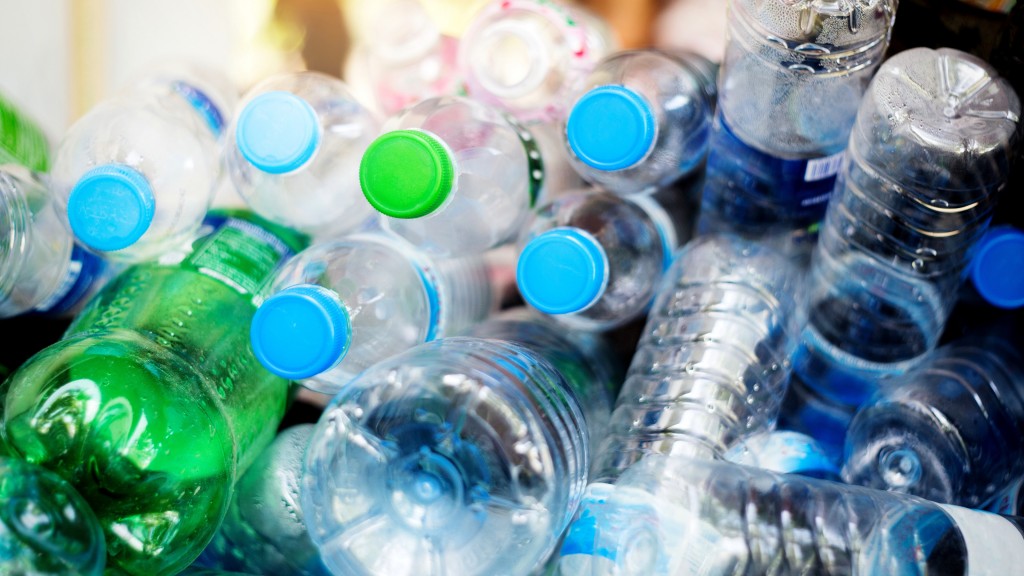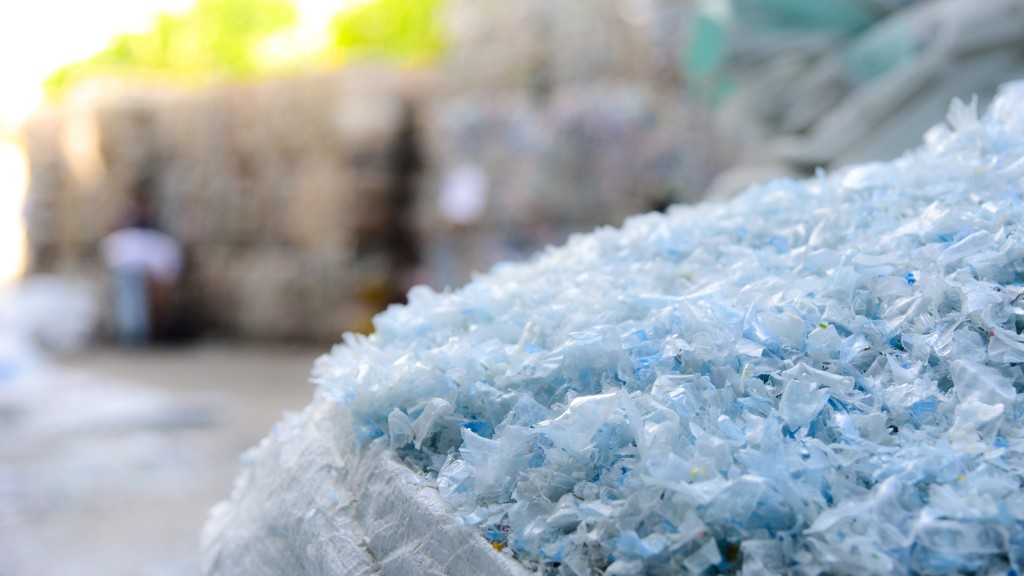U.S. Plastics Pact report highlights decreased use of problematic materials in plastic packaging

The U.S. Plastics Pact has released its most recent annual report, publishing aggregated 2022 data from its member organizations.
The U.S. Plastics Pact is composed of brand, retailer, and converter member organizations (activators) that are collectively responsible for generating 33 percent of all plastic packaging in scope within the U.S. by weight. This equates to the placement of 3.1 million metric tons of plastic packaging in the market. Since its inception in August 2020, the U.S. Plastics Pact has grown, more than doubling its membership to over 135 businesses, non-profit organizations, government agencies, and research institutions. Together, the members are committed to addressing plastic waste at its source through four key targets to be achieved by 2025:
- Target 1 – Define a list of packaging that is problematic or unnecessary by 2021, and take measures to eliminate items on the list by 2025.
- Target 2 – 100 percent of plastic packaging will be reusable, recyclable, or compostable by 2025.
- Target 3 – Undertake ambitious actions to effectively recycle or compost 50 percent of plastic packaging by 2025.
- Target 4 – Achieve an average of 30 percent recycled content or responsibly sourced biobased content in plastic packaging by 2025.
Progress since the U.S. Plastics Pact's 2021 report
- Decrease in the amount of plastic packaging placed on the market by U.S. Plastic Pact activators by weight containing items on the U.S. Plastics Pact's list of problematic and unnecessary materials from 14 percent to 8 percent;
- 11.7 percent increase from 36 percent to 47.7 percent in plastic packaging placed on the market by activators being reusable, recyclable, or compostable;
- Increase in the use of post-consumer recycled content (PCR) in plastic packaging from 8 percent to 9.4 percent average PCR or responsibly sourced biobased content used by U.S. Plastics Pact activators
Activators commit to ongoing portfolio assessments and annual progress reporting towards these targets through the World Wildlife Fund's (WWF) Resource Footprint Tracker. The collective progress towards elimination will be documented in future U.S. Pact Annual Reports.
"We must continue to rally activators around our common language and definitions, gathering novel data to model the future potential, and, finally, supporting and inspiring companies to move toward our circular economy vision," said Emily Tipaldo, executive director of the U.S. Plastics Pact. "Conceding on 2025 commitments will not foster the support still needed to shake the plastics packaging value chain out of the status quo. We must continue to push the boundaries of collaboration and transparency to build the circular economy for plastics packaging."
"Global problems can't be solved without local solutions," said Erin Simon, vice president and head of plastic waste and business at the WWF. "And that's why the U.S. Plastics Pact is leading this effort to identify and implement place-based solutions that will move us closer to a future where plastic pollution no longer harms people or our planet."
"Advancing sustainable packaging solutions is as much a systems challenge as a packaging format challenge. The U.S. Pact brings together organizations from every stakeholder group, including government, nonprofits, and for-profits handling the production, use, collection, processing and disposal of packaging. Facilitating such thoughtful, action-oriented dialogue and goal-setting has been critical to accelerating progress as an industry, and for our own work at Returnity," said Mike Newman, CEO of Returnity.


